GU professor protests at killer’s execution

(AP) A law professor at Gonzaga University who drove to Walla Walla from Spokane to protest the execution of Cal Coburn Brown told the Associated Press she was embarrassed by Brown’s mandated fate.
“I want to make a very strong statement to the citizens of Washington and to Gov. Gregoire that many of us are opposed to killing people in our names,”
said Mary Pat Treuthart, 57. “And I’m angry, sadden
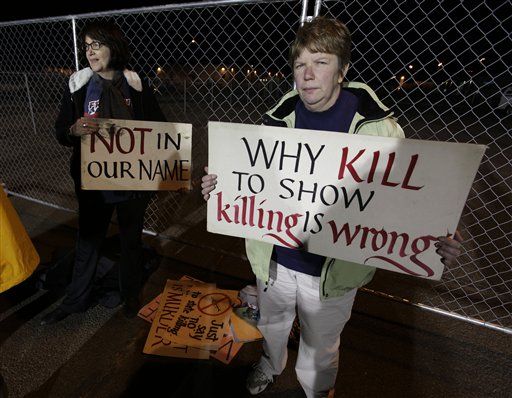 ed, and embarrassed that the U.S. is still using the death penalty to punish anyone for their crimes.”
ed, and embarrassed that the U.S. is still using the death penalty to punish anyone for their crimes.”
Treuthart joined about two dozen people opposed to capital punishment inside a gated area outside the prison where Brown was executed early today. (Treuhart is pictured, with Nancy Nelson, also of Spokane, at the protest Thursday night in Walla Walla. Trehart is at the left, Nelson is at the right.)
A separate gated area for death penalty supporters drew three people. Construction worker Mark Clark, 36, of Kennewick, said he thought for several days about coming to the execution.
“My thought is you’ve got to pay for what you’ve done,”
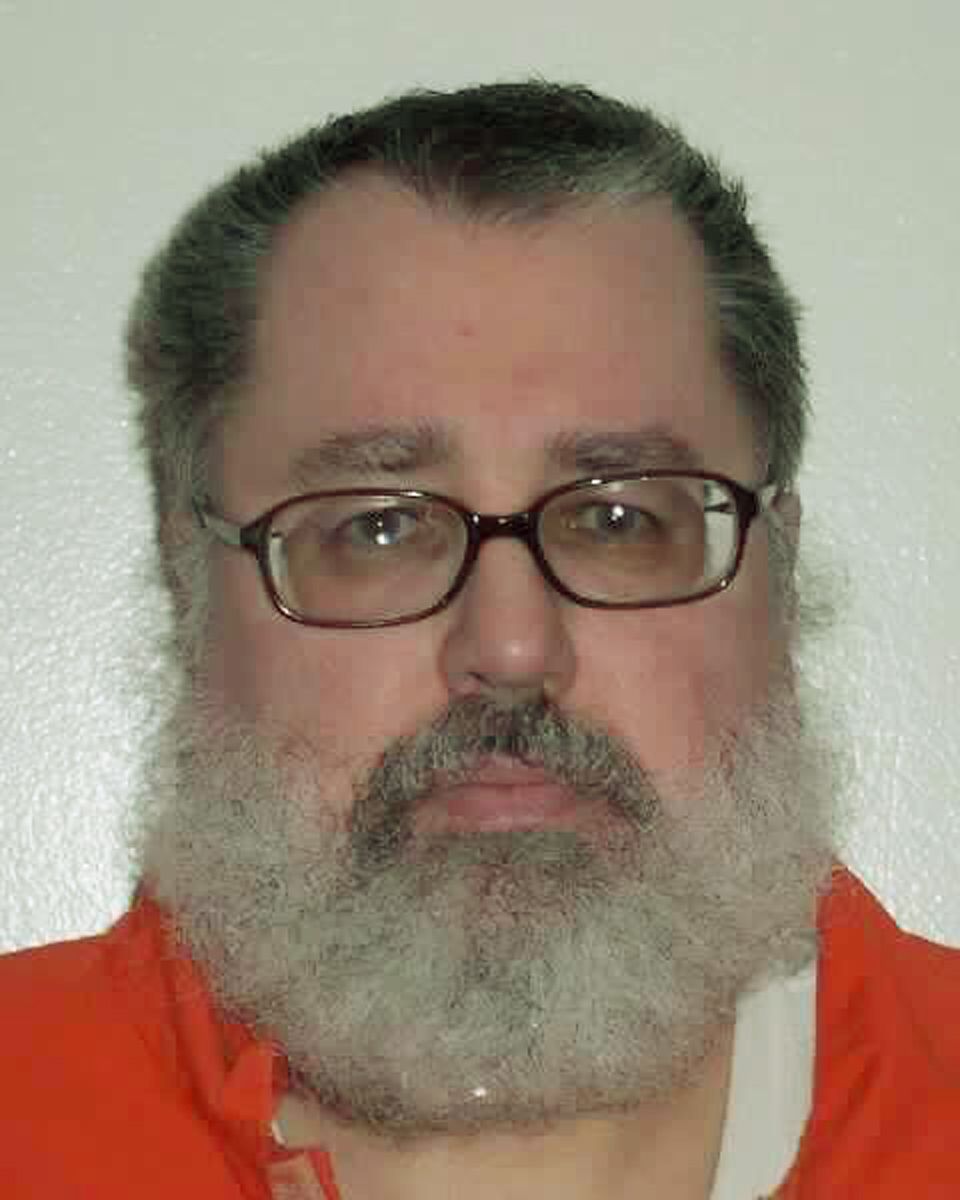 Clark said. “You’ve got to be accountable for your actions.”
Clark said. “You’ve got to be accountable for your actions.”
Brown (right) was executed for 1991 rape, torture and murder of 21-year-old Holly Washa. Brown confessed to killing Washa during an interrogation in California for an alleged assault on a woman there. He later led authorities to Washa’s battered body, which was inside the trunk of a car.
Brown met Washa near Sea-Tac airport in Washington when he helpfully pointed to Washa’s rear tire, indicating a problem. When she stopped to check it out, he carjacked her at knifepoint.
For the next 36 hours, Brown robbed, raped and tortured Washa, before stabbing and strangling her.
University Ministry and Catholic Charities sponsored a vigil against the death penalty Thursday night at Gonzaga University’s Crosby Center. The Peace and Justice Action League of Spokane organized a nondenominational ceremony followed by another vigil on the steps of the Spokane County Courthouse.
Brown was the first Washington inmate to die by a one-drug lethal injection.
Brown spent much of Thursday talking on the telephone with his attorneys and family members, said Belinda Stewart, communications and outreach director for the state Department of Corrections.
His last meal included meat pizza and apple pie.
“He is resigned to what is going to happen tonight,” Stewart said Thursday. “He’s aware, he knows and he’s resigned.”
Washa’s father, broth
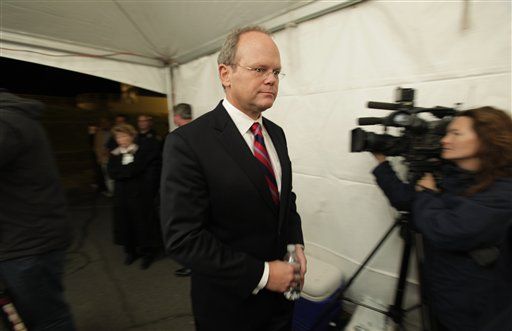 er and two sisters of witnessed the execution, as did King County prosecutor Dan Satterberg (left).
er and two sisters of witnessed the execution, as did King County prosecutor Dan Satterberg (left).
Just before his execution, Brown protested sentencing disparities, saying that criminals who had killed many more people, such as Green River killer Gary Ridgway, were serving life sentences while he received a death sentence.
“I only killed one victim,” he said. “I cannot really see that there is true justice. Hopefully, sometime in the future that gets straightened out.”
Brown did not apologize to the family of the victim, but said he understood their emnity for him. He said he forgave that hatred, held no emnity toward them and hoped the execution would give them closure. He also said the prison staff had been most professional and that he had no complaints about his treatment there in 17 years.
After his comments, Brown, who was lying on his back strapped to a gurney, looked up at the tubes sticking out of the wall and connected to his body. When the drug
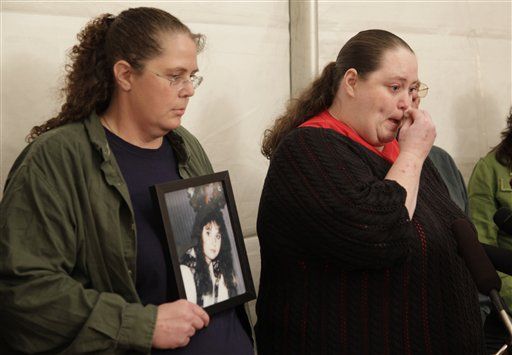 was administered, his chest heaved three times and his lips shuddered, then there was no movement.
was administered, his chest heaved three times and his lips shuddered, then there was no movement.
The Washa family showed little emotion during the execution. Both sisters sat in the front row holding unopened tissue boxes, while brother Roger sat in the back with his father, his arms folded across his chest.
“Closure has finally come to the family,” said John Washa, Holly’s father, of Ogallala, Neb. “Why he did what he did to my daughter Holly I guess I’ll never understand.” (Holly’s mother is pictured left in 2009)
“Now it’s finally over, I d
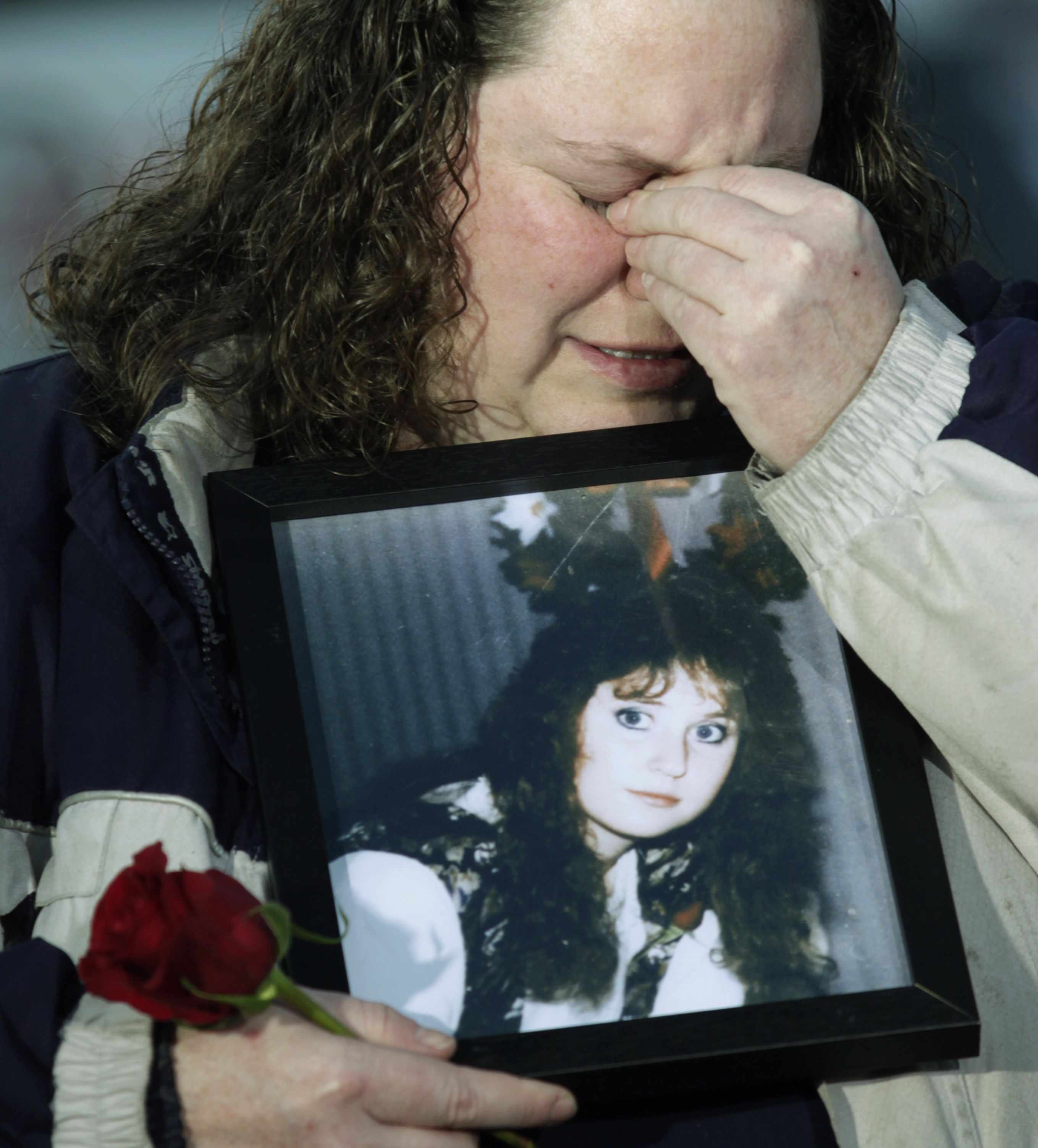 on’t have to think about him anymore,” said sister Becky Washa of Sioux Falls, S.D., as family members held a picture of the victim.
on’t have to think about him anymore,” said sister Becky Washa of Sioux Falls, S.D., as family members held a picture of the victim.
Brown’s attorney and members of his family were not present at the execution, though he spoke with them by phone on Thursday.
Brown was the first Washington inmate to die by a one-drug lethal injection. His was the fifth execution since 1993, and the third in a row by lethal injection. All the others were by hanging.
Read an Associated Press story about the executions by clicking the link below.
NICHOLAS K. GERANIOS, Associated Press Writer
SPOKANE, Wash. (AP) — The curtain rose to reveal James Homer Elledge, lying strapped to a gurney under a blue blanket.
It was just after midnight on Aug. 28, 2001. Elledge, 58, had only minutes to live.
The convicted murderer had no last words. He took deep breaths, but did not look at the dozen witnesses watching through a window a dozen feet away. The witness chamber was silent except for the scratching of reporters’ pens.
At 12:39 a.m., the execution team started releasing chemicals that ran along IV tubes into Elledge’s body. After what seemed an eternity, the curtain dropped. Elledge was pronounced dead at 12:52 a.m., completing his sentence for the 1998 stabbing and strangulation death of Eloise Fitzner, 47, at the Lynnwood church where he was a janitor.
A similar scene is likely early Friday when Cal Coburn Brown enters the execution chamber of the Washington State Penitentiary in Walla Walla. Unless he wins another stay, Brown will become the first person since Elledge to be executed in Washington, and the 78th since the first in 1904.
It will be only the fifth execution since 1993, and the third in a row by lethal injection. All the others were by hanging.
Brown, 52, is to be executed for raping, torturing and murdering Holly Washa, 22, in 1991 over a period of days in a Sea-Tac hotel room.
Brown has been on Death Row for 16 years. Last year, he was just eight hours away from execution when his lawyers won a stay.
Judith Kay, professor of religion at the University of Puget Sound, has known Brown for eight years and visited him several times in prison. She opposes the death penalty, in part because it appears to be randomly applied. She noted Green River killer Gary Ridgway pleaded guilty to killing 48 women in King County, and was sentenced to life in prison. Both Elledge and Brown were convicted of killing one person.
“The myth is that we execute the worst of the worse and we do not,” she said.
King County Prosecutor Dan Satterberg, who plans to witness the execution, disagreed.
“Cal Brown’s sadistic and predatory crimes rank him among the worst of the worst criminals in our state, and there can be no doubt about his guilt,” Satterberg said after the state Supreme Court cleared the way for the execution in late July.
King County farmer James Champoux was the first person to be executed in Washington when he was hanged in 1904.
Washington abolished the death penalty in 1913, and reinstated it in 1919. It was abolished again in 1975, but a referendum the same year reinstated it.
No one was executed until child killer Westley Allen Dodd, who murdered three young boys and was caught trying to kidnap a fourth, was hanged in 1993. Triple killer Charles Campbell became the last person hanged in Washington in 1994.
Jeremy Sagastegui was the first to die by lethal injection, in 1998, followed by Elledge in 2001. There has been no execution since, in part because the majority of death sentences get reversed on appeal.
Lethal injection, in which the condemned appears to fall asleep, has made for much less drama in Walla Walla’s execution chamber.
When Dodd was executed in 1993, it was the nation’s first hanging since 1965. Crowds of people gathered outside the prison, including capital punishment advocates who chanted “What the heck, stretch his neck,” and protesters who wept when news of the hanging was released.
Dodd requested hanging because that was the way one of his victims died. In his last words, spoken from the gallows, he said he had found peace in Jesus Christ.
A year later, Charles Campbell refused to choose between hanging and lethal injection, so was ordered hung.
When his time came, Campbell fought the jailers and had to be carried out of his cell with the use of pepper spray. He wouldn’t stand up and repeatedly rotated his head so the noose could not be put on. The executioner had to strap him to a board to fasten the noose.
By contrast, the executions of Sagastegui in 1998 and Elledge in 2001 were relatively peaceful.
Sagastegui, 27, was sentenced to death for the 1995 murders of two women and a 3-year-old boy near Kennewick. He was the first condemned man to choose lethal injection in Washington, saying he didn’t “like the idea of my neck snapping.”
Sagastegui had no final public words and never looked at the witnesses. As the drugs were administered, his breathing came in spasms and his eyes fluttered. His arms, strapped to a board, eventually stopped moving.
* This story was originally published as a post from the blog "Sirens & Gavels." Read all stories from this blog